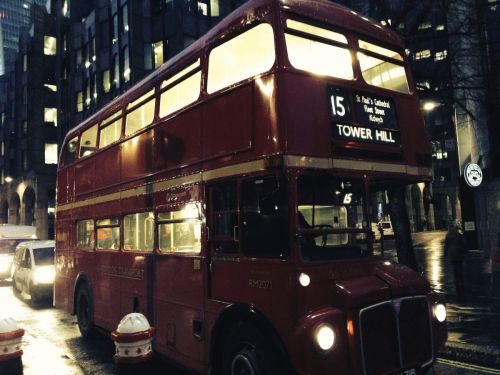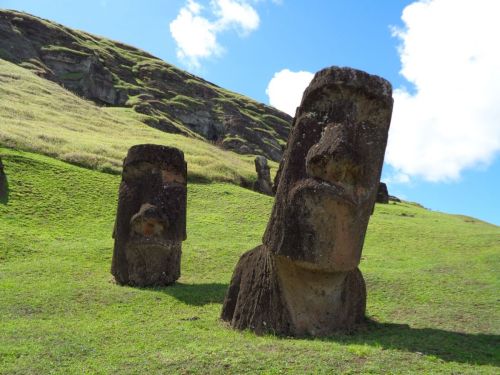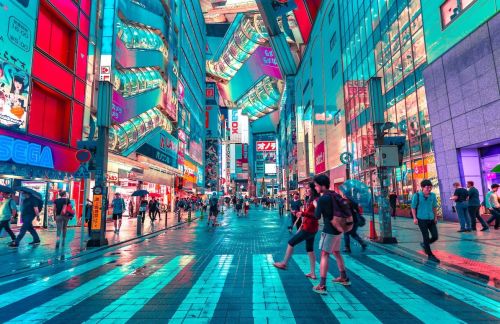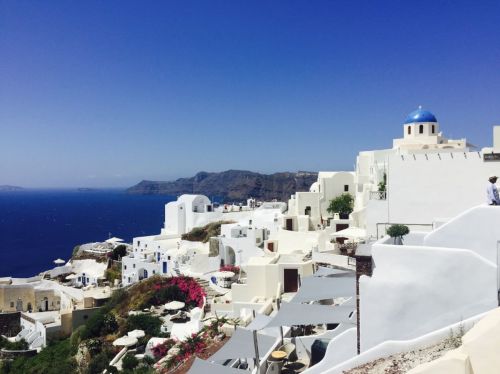Greenland is an island that geographically belongs to the North American continent. Historically and politically it belongs to Europe and is an autonomous dependent territory of Denmark.
It is the largest island in the world that is not a continent. Most of the island lies outside the northern Arctic Circle. Greenland's area is about 2.16 million square kilometers (836,3 thousand square miles), and only a small part of it is inhabited.
These vast spaces make Greenland an unusual, exotic country with all-encompassing silence, tranquility and unspoiled nature.
It is only on the coasts that it is subpolar, since the climate near the bodies of water is always a little milder than in the middle of the land.
The original appearance of the island is hidden under the ice.
It is not the deepest, although it reaches below sea level in places and is covered by a three-kilometer layer of ice.
The largest of these is Sermersooq, which is also home to Greenland's capital, Nuuk. Sermersooq is the size of Central African Republic and has a population of just over 20,000.
Greenlanders are about 90% indigenous, Europeans, mainly Danes, also live there.
Danish and English are also widely spoken in Greenland (especially in the cities).
They were migrants from areas of present-day Canada.
This happened in 982. Erik the Red was the founder of the first Norse settlements in Greenland. He got his nickname from the color of his hair and was also known as Erik Thorwaldsson. He was born in Norway.
It is now an integral part of the Kingdom of Denmark with autonomy since 1979.
The temperature was recorded on 22 December 1991 at the Klinck weather station, which is located in the central part of the island.
Of course, vegetation is only found where there is no ice cover, above 80 degrees north there is no vegetation at all.
The trees that grow there can reach a height of 7-8 metres. Birch, willow, ash and alder are among the trees that grow there.
Greenland's waters are home to bowhead whales, narwhals, walruses and several species of seals. On land there are polar bears, reindeer, arctic foxes, arctic wolves, muskoxes and lemmings.
Greenland's waters are home to bowhead whales, narwhals, walruses and several species of seals. On land there are polar bears, reindeer, arctic foxes, arctic wolves, muskoxes and lemmings.
It was established in 1974 and covers an area of 972,000 km2 (375,291 sq mi). It has been a UNESCO Biosphere Reserve since 1977. The park is home to between 5,000 and 15,000 muskoxen and polar bears. Scientific activities are carried out in small research facilities.
The animal was a 5-meter tall carnivore. The paleontologist also discovered the fossil of a turtle, which is one of the oldest specimens of this animal ever found in the world. He also found fossils of giant salamanders and fish.
At the mouth of the fjord is the world's fastest moving glacier, Sermeq Qujalleg.
The site was named Brattahlio (Brattahlíð) thousand years ago. It was the estate of Erik the Red in the Eastern Settlement Viking colony he established in southwestern Greenland at the end of the 10th century.
It is both the highest peak in Greenland and the highest peak in the Arctic, with an altitude of 3,694 metres.
 Due to its great distance from human settlements, the mountain is rarely climbed by mountaineers. Expeditions usually use helicopters or skidded planes to get there.
Due to its great distance from human settlements, the mountain is rarely climbed by mountaineers. Expeditions usually use helicopters or skidded planes to get there.The summit is located in the Watkins Range in the central-eastern part of Greenland.












